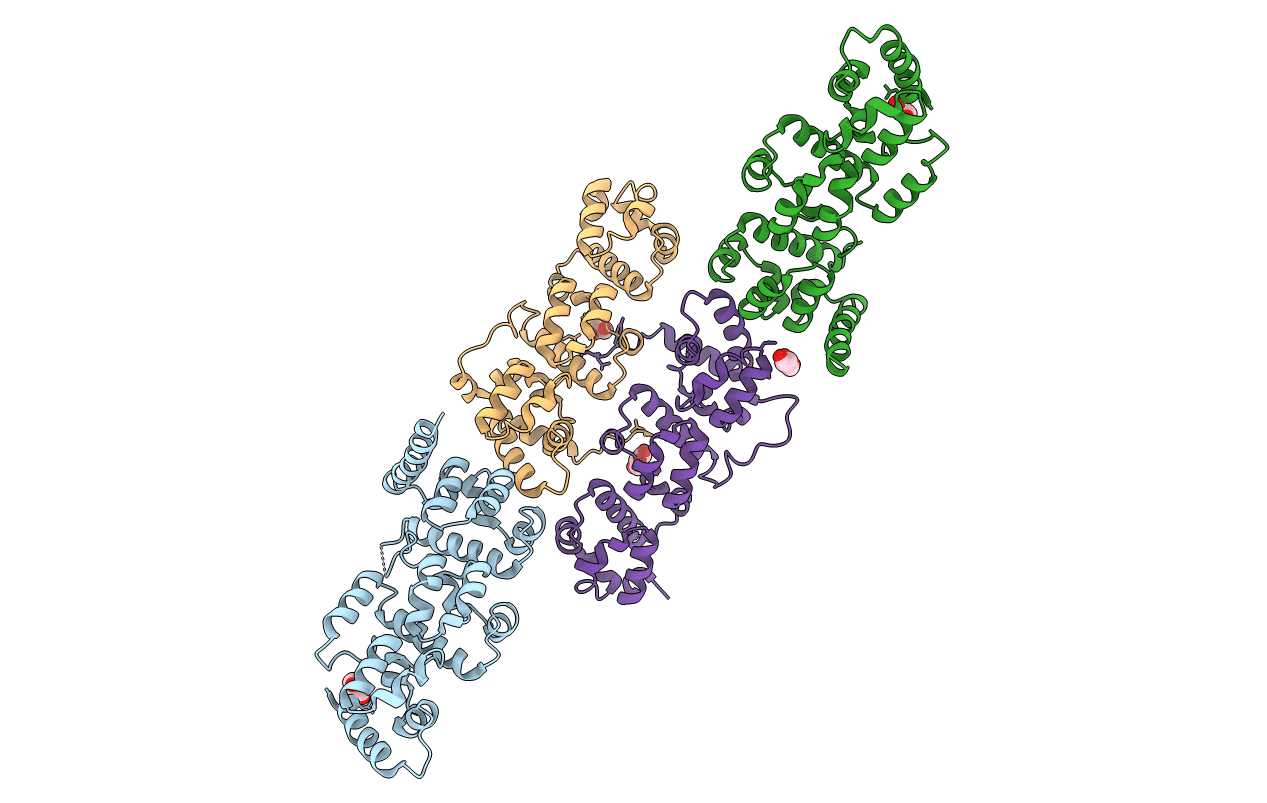
Deposition Date
2011-08-04
Release Date
2011-10-12
Last Version Date
2024-03-20
Entry Detail
PDB ID:
3TAD
Keywords:
Title:
Crystal Structure of the Liprin-alpha/Liprin-beta complex
Biological Source:
Source Organism:
Homo sapiens (Taxon ID: 9606)
Mus musculus (Taxon ID: 10090)
Mus musculus (Taxon ID: 10090)
Host Organism:
Method Details:
Experimental Method:
Resolution:
2.90 Å
R-Value Free:
0.25
R-Value Work:
0.21
R-Value Observed:
0.21
Space Group:
P 61


